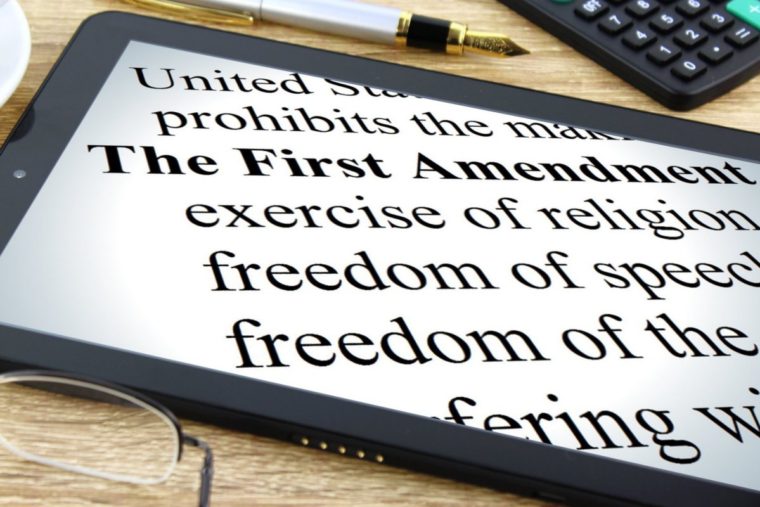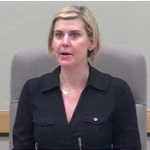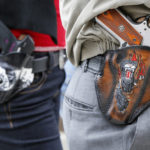From today’s decision in Fields v. City of Philadelphia(reversing a trial court decision that I blogged about and criticized last year):
This case involves retaliation. Richard Fields and Amanda Geraci attempted to record Philadelphia police officers carrying out official duties in public and were retaliated against even though the Philadelphia Police Department’s official policies recognized that “[p]rivate individuals have a First Amendment right to observe and record police officers engaged in the public discharge of their duties.”
No party contested the existence of the First Amendment right. Yet the District Court concluded that neither Plaintiff had engaged in First Amendment activity because the conduct — the act of recording — was not sufficiently expressive. However, this case is not about whether Plaintiffs expressed themselves through conduct. It is whether they have a First Amendment right of access to information about how our public servants operate in public.
Every Circuit Court of Appeals to address this issue (First, Fifth, Seventh, Ninth, and Eleventh) has held that there is a First Amendment right to record police activity in public. See Turner v. Lieutenant Driver, 848 F.3d 678 (5th Cir. 2017); Gericke v. Begin, 753 F.3d 1 (1st Cir. 2014); Am. Civil Liberties Union of Ill. v. Alvarez, 679 F.3d 583 (7th Cir. 2012); Glik v. Cunniffe, 655 F.3d 78 (1st Cir. 2011); Smith v. City of Cumming, 212 F.3d 1332 (11th Cir. 2000); Fordyce v. City of Seattle, 55 F.3d 436 (9th Cir. 1995). Today we join this growing consensus. Simply put, the First Amendment protects the act of photographing, filming, or otherwise recording police officers conducting their official duties in public.
The District Court concluded that Plaintiffs engaged in conduct only (the act of making a recording) as opposed to expressive conduct (using the recording to criticize the police or otherwise comment on officers’ actions). It did so by analogy, applying the “expressive conduct” test used to address symbolic speech: “Conduct is protected by the First Amendment when the nature of the activity, combined with the factual context and environment in which it was undertaken, shows that the activity was sufficiently imbued with elements of communication to fall within the First Amendment’s scope.”
We disagree on various fronts. Foremost is that the District Court focused on whether Plaintiffs had an expressive intent, such as a desire to disseminate the recordings, or to use them to criticize the police, at the moment when they recorded or attempted to record police activity. This reasoning ignores that the value of the recordings may not be immediately obvious, and only after review of them does their worth become apparent.
by Eugene Volokh



